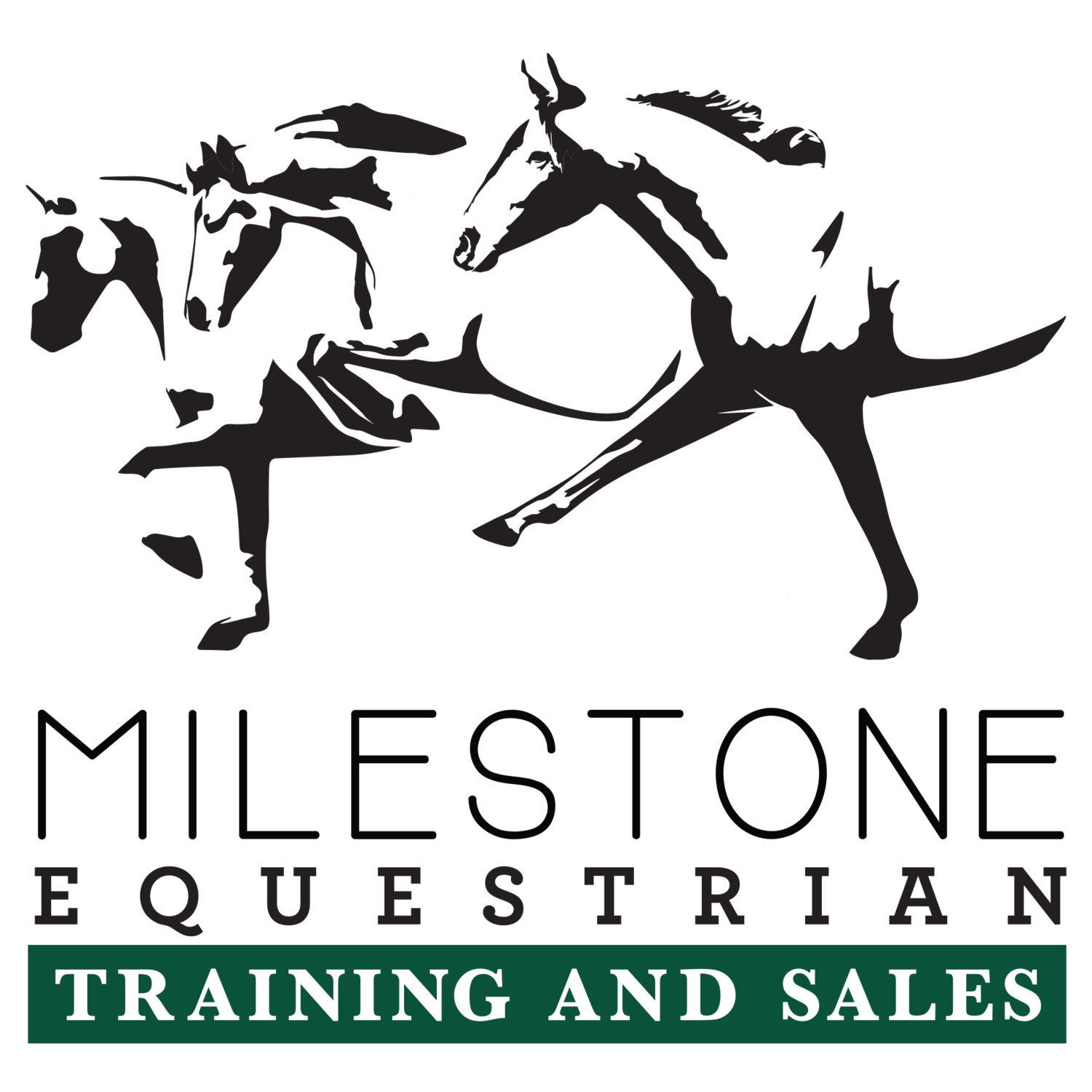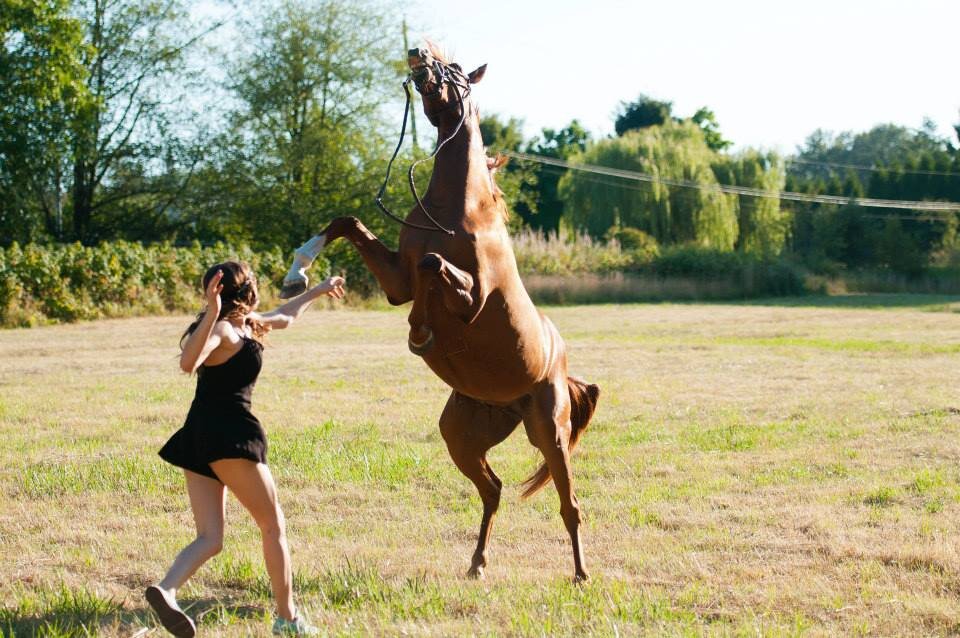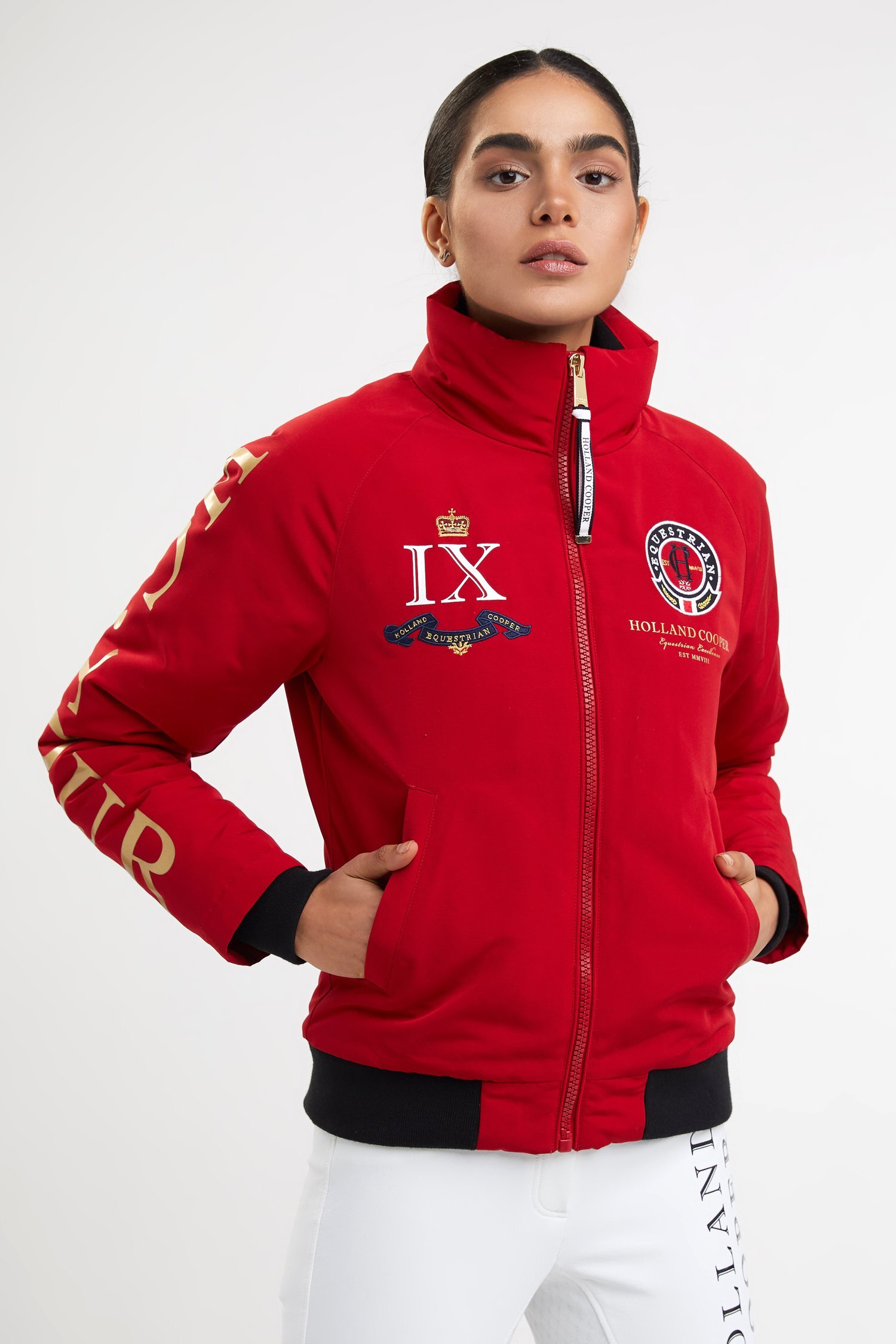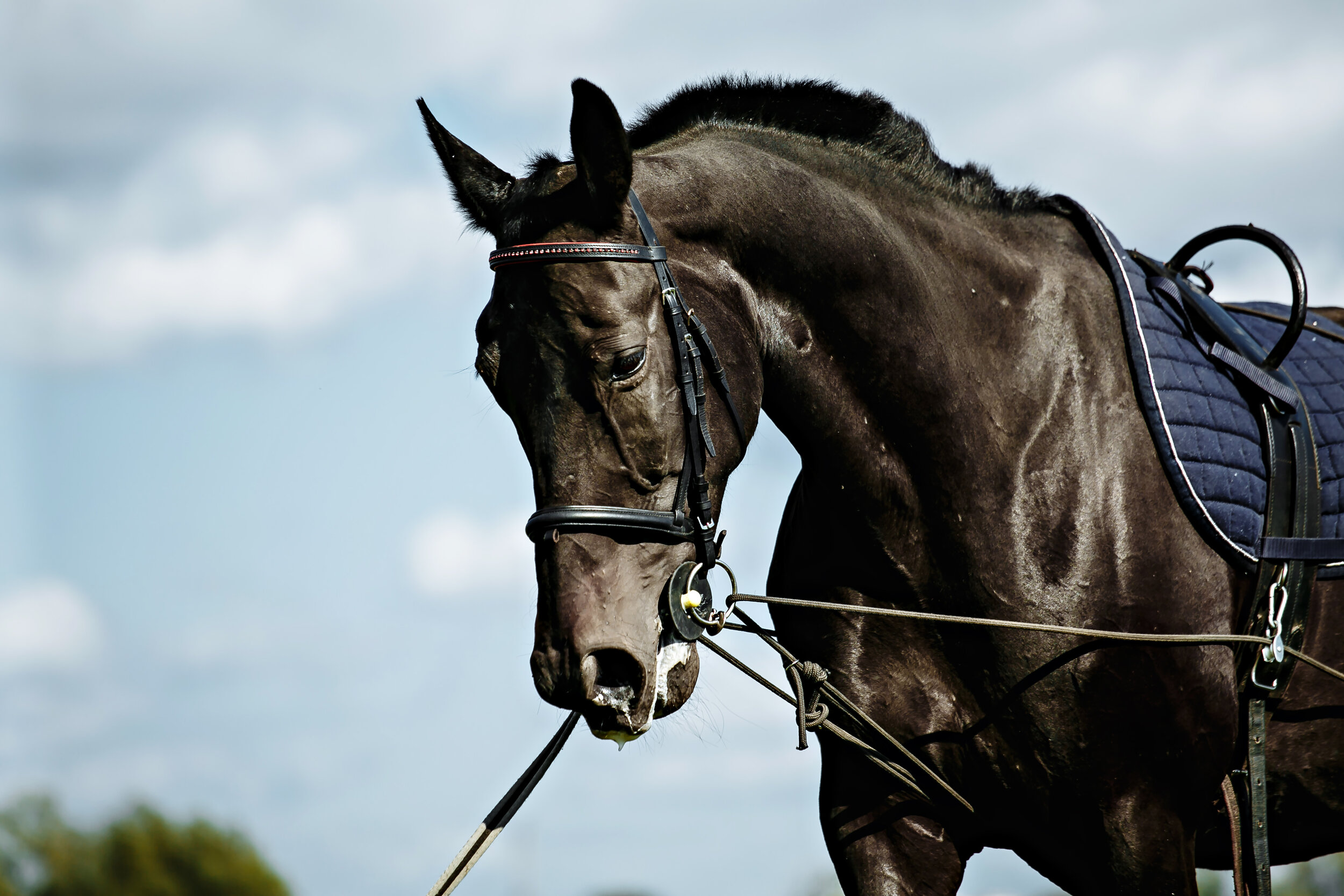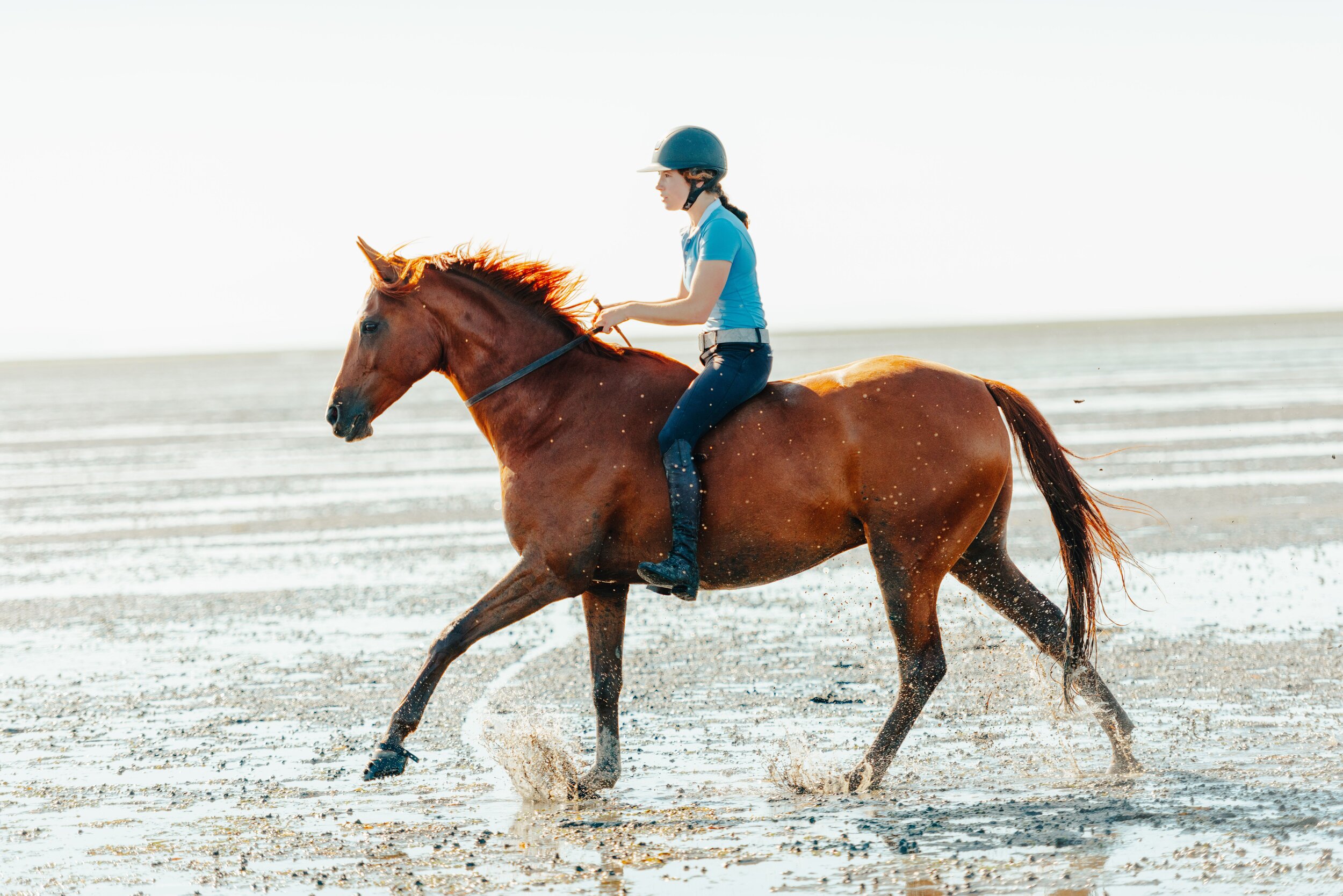Maintaining Reasonable Expectations in Horse Training
/A comparison of one of the first OTTBs I had (top) vs one I have now. The bottom horse has been in training for less time than the top horse was and was also a more difficult horse.
While the love for horses is a prevalent motivation in the goals of most equestrians, it can often become a misguided love, one that serves to focus on the selfish desires of the rider and leave behind fairness to the horse. This typically isn’t done intentionally at all, but the goals of the equestrian supersede being more considerate about the horse and the “why” behind their inability to perform in certain areas, their anxiety or “bad” behaviour.
One of the most crucial things to consider in training is the fact that training horses for riding is mental just as much as it is physical. Discomfort of the body can result in mental distress, so the physical and mental aspects go hand in hand. In training, horses are slowly developing skills along with the fitness and muscling to be able to perform said skills with ease. A horse may struggle with a certain concept physically, even if they mentally understand what they’re being asked. Similarly, a physically fit horse who is capable of performing the task it is being asked of from a fitness perspective may struggle mentally with said task for a multitude of reasons. This is why training is an art of “scaffolding” the skills. You are gradually building an intricate framework that includes both physical and mental needs. If you rush either one of these, you risk a shoddy foundation that could crumble at any time.
For example, a horse being entered into training after time off will need time to get back in shape before being asked to do things that they may already know how to do. You cannot expect a horse after half a year off to be able to literally jump back into their show jumping career just because they’re trained to do it. Their body hasn’t had the necessary training to upkeep the fitness, so it needs to be retrained, and this starts at focusing on the basics to allow development of fitness without overworking the body and causing injury. Similarly, a horse who has been trained and maintained physical fitness for one sport will need the same type of consideration when their career suddenly changes. We see this most often with horses retiring from racing. Being asked to run on flat ground, through big, sweeping turns is a lot different than being asked to supple, go slow, sit on the haunch and be flexible through 20 metre circles in the arena. It is also much different than sinking back on the hindquarter to be asked to go over a jump. So, while these horses ARE, indeed, insanely fit, they haven’t developed the muscling and flexibility that we typically ask of them in their new careers, it takes time. Mental distress can be caused due to the physical complications of trying to do things they’re not yet muscled or flexible for, or due to what they are being asked to do suddenly changing and conflicting with everything they’ve known in their previous job. This is why consideration from the rider is key.
You cannot rush relaxation. You cannot force a horse to relax. You can, however, use bandaids in training in an attempt to mask stress behaviours, but the stress will still be there and it could end up causing you major issues down the road. If you take the time to develop baseline relaxation and softness without trying to manufacture it through force or essentially gagging the horse’s ability to respond to said stress, you’ll end up being able to move faster in the future, even if it’s a slow start. Failing to deal with high levels of anxiety for length periods of time risks the horse trigger stacking and eventually having everything you’ve missed out on in their training blow up in your face in a big way.
This level of consideration is also important to your trainers. If you are asking a trainer to assist you by way of lessons or training rides, you need to be realistic. Trainers are not magicians. They can’t just snap their fingers and make you a physically stronger rider or suddenly make your horse fit. They can’t instantaneously have your horse develop suppleness and flexibility. They need to put the work in to have this happen and this takes time. Some trainers may be willing to rush things, but be conscious of the fact that this will come at the expense of your horse.
Rushing the horse physically is the equivalent to a human having a bad personal trainer who forcibly pushes them down into a stretch they cannot yet do, causing immense pain and discomfort. You’ll likely walk away from a session like this very sore, perhaps with an injury that will take time to heal. This is exactly what your horse will experience if you use gadgets in a manner that forcibly pushes them into a frame or position they’ve not developed the flexibility and fitness to maintain. Draw reins are great example of this, this isn’t to say everyone will use them in a manner that could cause these issues, but they act via a pulley system that means the rider has less of an ability to feel the horse’s objections to the pressure. This makes it very easy to keep your horse in a frame they’re not developed enough for, causing discomfort to the neck and over working or over stretching muscles. In turn, the horse will have to sacrifice the lift in their back, because they are not yet physically developed enough to hold it.
Let’s compare this to a person being asked to do the plank, this is a hard thing to do initially. Someone forcing you to hold it for longer than you’re able to will likely result in your form degrading as your body fatigues. Them forcing you to maintain a static position for too long doesn’t change the fact that you’ve not put the leg work in to slowly develop the fitness to make it easy for you. It also may make you resentful of work with the trainer because of the physical and mental repercussions.
Comparison of one of my old OTTBs (top) ridden in an elevator and martingale, versus one of the ones I have now. The bottom horse started out with much more anxiety and resistance to stretching and relaxation than the top.
Since we cannot feel the horse’s physical discomfort or mental distress, it is imperative we be extra cautious of this and allow the horse opportunity to relieve themselves of strain if the physical output becomes too difficult for them. This is exceptionally hard to do when you’re using force by way of harsh bits or certain gadgets. So, be conscious of the mechanics of the equipment you use. Draw reins are a pulley system, which means the pressure per pull will be significantly greater than a direct rein. Twisted wire bits increase pressure points and make the risk of pain greater, thus making the horse submit to rein pressure faster. Generally speaking, if there is immediate change in softness when you put certain equipment on your horse, it is either making the consequences of resistance greater, or it is due to the equipment anatomically fitting the horse better, thus producing more comfort. Certain bits and gadgets simply cannot be justified as preference by the horse due to their mechanics. When they work off of increasing discomfort, the horse isn’t responding to them better due to personal preference. This is just a fact of how the mechanics work. Things being made easier for the rider are not necessarily correlated with them being preferred by the horse which is why we need not anthropomorphize the horse’s response in these situations.
Patience in training to develop the muscular and cardiovascular fitness for the horse, along with promoting a healthy mental state, will pay off in the long run. Maintaining realistic expectations for your horse and any people you have training the horse is key to having a long lasting riding career with your horse and helping your horse actually enjoy the work you ask of them. Too often riders will try to align their own goals and preferences with the horse’s, thus having their desires take priority over that of the horse. Horses do not care about competition. They do not understand the concept of winning and being competitive. They may correlate a win with a positive state of mind from the rider and perhaps, something rewarding they may receive in turn, but that does not mean they understand what they are competing for or what the actual “win” means. Horses are not vain. They are not judgmental. Their lack of development of a pre-frontal cortex guarantees their lack of ability to understand the complex human social structures of respect and our general responses to things. We want them to be like us, so we label their behaviours as such, this does not make it correct. By viewing things through the lens of a horse, you can better your training program by being considerate of how a horse thinks and reacts to things.
Build the foundation. Consider your own physical development in an exercise program and be mindful of how crappy it would be to be forced to run ragged or stretch more than you’re comfortably able to. Be cautious of doing this to your horse. We are a motivated species and even the best intentioned people can get greedy and make mistakes. Learn from your mistakes, don’t beat yourself up, and just try to do better next time. It will pay off in the long run, I promise.
When I first started working with OTTBs and definitely when I showed on the Arabian Horse breed circuit, I was always looking for the quick fix. A twisted wire bit, a kimberwicke, draw reins, a ten ring martingale, elevator bits, waterfords and so on and so forth. Every time I tried to take a shortcut, I prolonged the time it took for me to physically condition my horse, to help them relax and to help them be skilled at what we were working towards. I may have gotten instant gratification sometimes, but in the long run I was always dissatisfied with the quality of work my horses were able to put in and their overall body condition pertaining to muscle. I would be frustrated when comparing myself to other riders, who took the time and put the work in, because I was not seeing the same results. Slowing down these last few years, both myself and my horses have ended up much more satisfied and happy with our work. It has made riding more fun, with less “bad” rides and more clear improvement over the course of months. The difference in my horses physically now versus several years ago is also crystal clear. I put the work in to allow them to develop physical fitness and flexibility along with prioritizing their mental state far more than I used to and it has paid off tenfold in comparison to what I used to do.
Riding is not a race. It is a meticulous process of using building blocks to gather the little pieces that will eventually make up your end goal. It is developing a steady framework, that when even encountering hardships, does not completely crumble to the ground. It is a partnership, one that should involve communication on both sides, instead of one voice utterly dominating and silencing the other. It is time we be more critical of much of the “quick fix” types of equipment in the horse world that serve to give riders instant gratification at the expense of quality and at the expense of the horse. We need to be more critical of what we condone in use for training and competition, because for far too long, we have justified practices that are unfair to the horse.
It is important to remember that you can love something while making mistakes that are harmful. I did not love my horses any less when I was making a lot of mistakes to the detriment of their overall health and happiness. I was just naïve to how what I was doing impacted the horse. When people criticize the mechanics of problematic equipment, they are not saying you do not love your horse, they are merely stating that there is a better way, even if you cannot see it yet. Learning how to condition and train concepts will make you a more versatile rider and improve the quality of the horses you are able to produce.
Consider how you would want your own fitness program developed. Consider how you learn best. Is it by rushing, being forced so far out of your comfort zone that you cannot evade pain or stress? Is it by people leveraging power over you by increasing your discomfort until you finally fold? Or, is it by gently working up to your goals, developing fitness slowly and pushing slowly outside of your comfort zones, not so far that you cannot handle the pressure? I think we all know the answer.
